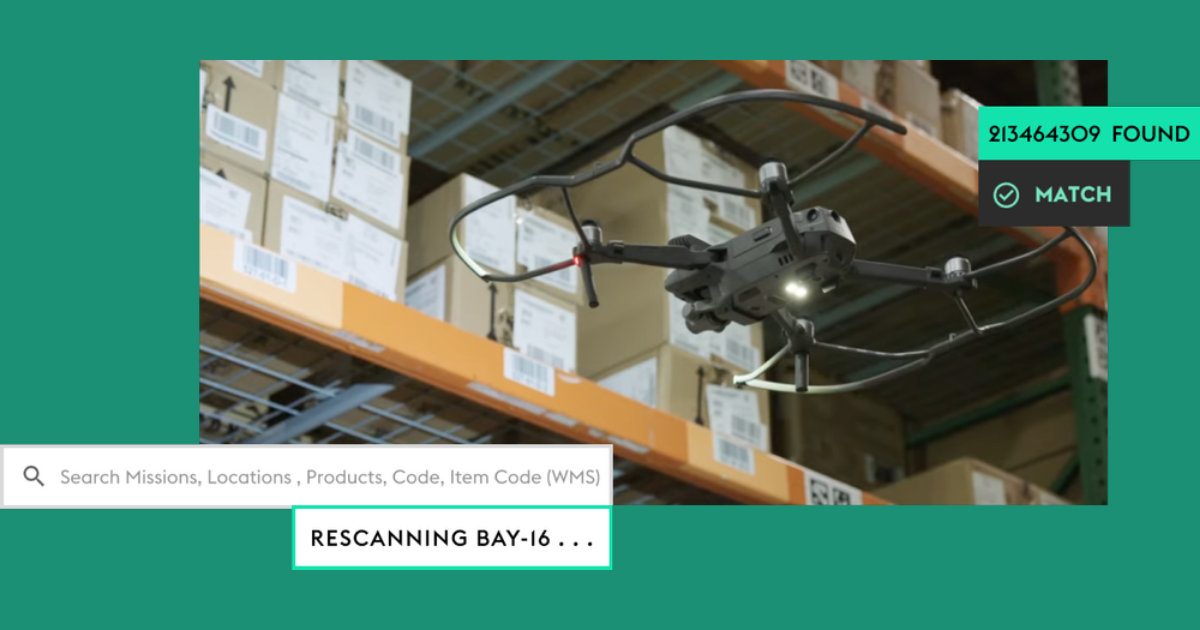Industrial IoT News
Industrial IoT Home
Related Articles
FreeWave Technologies' FGR3-IO Levels Up Businesses' Remote Operations in IIoT
FreeWave Technologies announced the launch of its latest enhancement for IIoT use cases - the FGR3-IO, designed to elevate the capabilities of 900 MHz…
Read MoreA 'Truly Great' Match for IIoT: Avassa and OnLogic Establish Partnership
Edge management software provider Avassa and industrial computer manufacturer OnLogic have partnered to benefit IIoT use cases.
Read MoreIndustrial Sectors See a Boost in Adoption of Zero Trust Practices, According to Xage
A new Xage report dives into various industrial and IIoT-centric sectors improving their security protocols by adopting a variety of crucial zero trus…
Read MoreAnother Smart IIoT Collab: Rockwell Automation and NVIDIA to Harness Omniverse Cloud APIs and Industrial-Scale Digital Twins
Rockwell Automation is collaborating with industry giant NVIDIA to integrate NVIDIA's Omniverse Cloud APIs with Emulate 3D by Rockwell Automation.
Read MoreHaving Raised $17M in Series A-1 Funding, Gather AI Continues Optimizing Warehouse Inventory with Drones
Gather AI recently announced its $17 million Series A-1 funding led by Bain Capital Ventures (with participation from Tribeca Venture Partners, Dundee…
Read More




